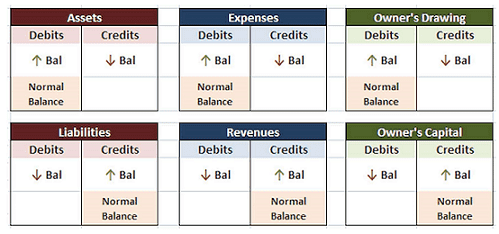
Now that you know how to calculate reorder points for your products, let’s go over some frequently asked questions regarding reorder points. If you’re a person that likes to play it safe, you may take a reordering approach similar to the ant from Aesop’s fable. It can’t hurt to keep storing away for the inevitable “winter,” right? Perhaps you’re just clueless about the relationship between customer demand, safety stock, and lead time demand (more on these topics later).
Safety stock
With this information readily available, inventory managers can avoid wasting time manually searching through spreadsheets and crunching numbers. Some inventory management tools also enable businesses to generate customized reports on inventory stock by item, vendor, delivery date, assembly, and more. Rich inventory insights like these empower businesses to fine-tune their reorder points and overall inventory management processes.
Warehouse Utilization Strategies For Your Small Business
Also, it worsens if your products have a short shelf life, like food. It can help you increase your business numbers, ensure client retention, and stand out. It also helps avoid the profit loss from placing orders too early, which can cause the stock to pile up.
Inventory Forecasting 101: How to Predict Product Demand
This gives the purchasing staff more time to deal with larger acquisition projects. IMS platforms like SkuVault Core will adjust your reorder points automatically based on which one of these would not be a factor in determining the reorder point? these factors. You can also change your safety stock levels at any time to suit your comfort level. That leads us to the next commonly-asked question about reorder points.

This “panic reordering” often involves paying high fees for rush delivery. And once the sales die down, you may find yourself with capital tied up in excess or deadstock (not to mention all the cash spent on rush delivery). Ultimately, the best way to calculate the reorder quantity will vary depending on the specific business and inventory situation. The important thing is to select a method that meets the needs of the business and provides the desired level of customer service. One common method for calculating the reorder quantity is to use the Economic Order Quantity (EOQ) formula. This formula takes into account the fixed costs of ordering and the variable costs of carrying inventory.

Challenges in implementing ROP
Reorder points are vital to keeping your business running smoothly, but they’ll only work if you’re prepared to reorder on time. You can setup a formula somewhere in your inventory list with the reorder point formula, so you can make quick calculations for your products individually. If you’re dealing with a product that has a shelf life, you should consider changing safety stock levels to days rather than weeks. It’s calculated based on your sales patterns and delivery timeframes to ensure a seamless supply chain and efficient delivery to your customers. The reorder point is the minimum number of units a company needs to have in stock to fill sales orders or meet production targets.
- It can impact factors like operational cost, tax, insurance, and deterioration of inventory.
- You divide the number of lamps you sold by the number of days in the month (91/30), and learn that you sell about three lamps each day, on average.
- Balancing these competing requirements leads to optimal inventory levels, which is an on-going process as the business needs to react to the wider environment.
- By taking into account factors like lead time and safety stock, the calculator provides you with a customized reorder point that ensures you have the right amount of inventory on hand, at all times.

